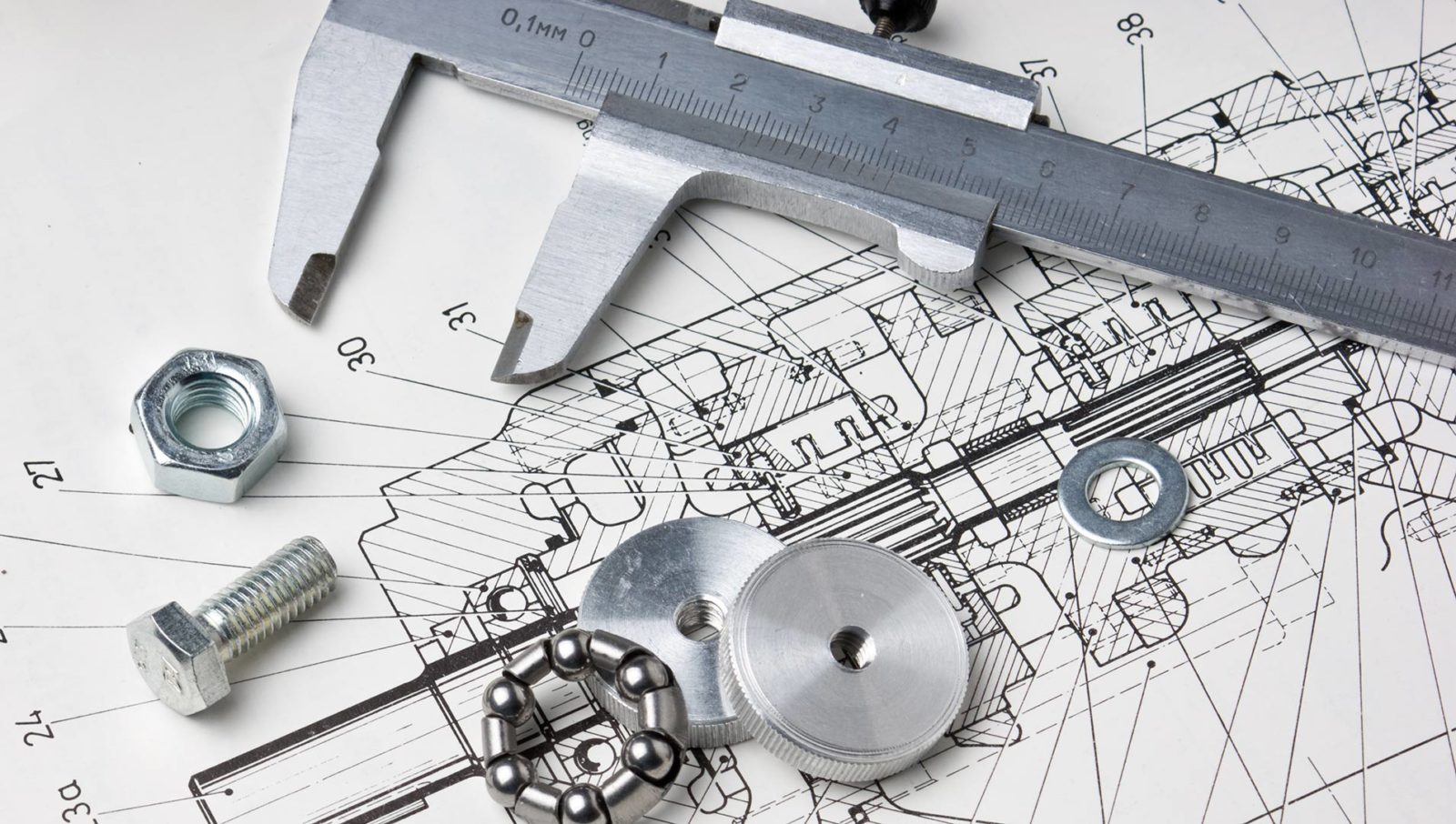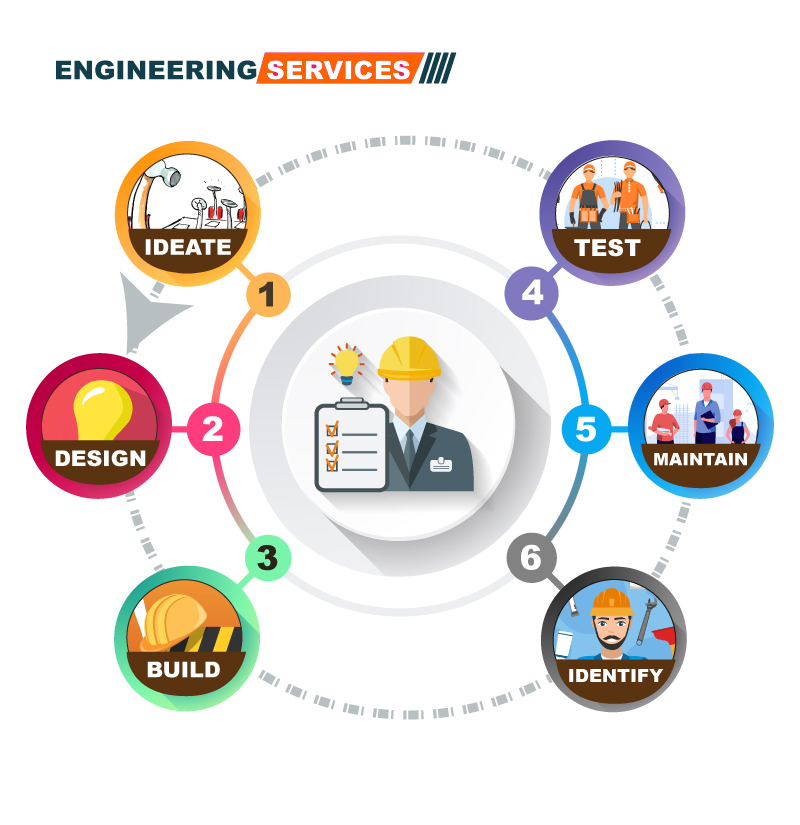Experience Seamless Task Execution: Engineering Support for Setting Out Engineer Services, Topographical Surveying, and More
Experience Seamless Task Execution: Engineering Support for Setting Out Engineer Services, Topographical Surveying, and More
Blog Article
Optimizing Land Usage Preparation With Comprehensive Surveying Solutions
In the realm of land use preparation, the assimilation of extensive checking options stands as a pivotal instrument in cultivating informed sustainable and decision-making advancement practices. By harnessing sophisticated modern technologies customized for precise data collection and analysis, experts in the area can navigate complexities in site identification, resource allotment, and ecological factors to consider with improved accuracy and performance (setting out engineer services). Nonetheless, the optimization of land use planning with checking options is not without its obstacles, motivating the expedition of cutting-edge strategies to streamline procedures and remove beneficial understandings for critical growth campaigns. As we dive much deeper right into the elaborate web of variables affecting land use, the relevance of detailed surveying solutions arises as a foundation fit the landscapes of tomorrow.
Importance of Comprehensive Evaluating Solutions

Comprehensive surveying options enable coordinators to analyze the suitability of land for numerous functions, recognize potential dangers or restraints, and design sustainable growth strategies - Engineering surveys. By incorporating exact study data into land use strategies, authorities can ensure effective use sources, reduce environmental impact, and promote long-lasting economic growth
Additionally, detailed surveying solutions assist in stakeholder involvement and partnership by picturing suggested land usage changes and allowing for comments before application. This aggressive strategy boosts openness, cultivates community trust, and eventually causes extra effective land usage preparation end results. Essentially, the relevance of thorough surveying services can not be overstated in the realm of effective land usage preparation.
Advanced Technologies for Land Usage Preparation
Making use of cutting-edge modern technologies boosts the accuracy and performance of land usage planning processes. Advanced technologies such as Geographic Information Systems (GIS), LiDAR (Light Detection and Ranging), and remote sensing play an important function in modern land use preparation. Topographical Surveying. GIS enables coordinators to analyze spatial information, determine patterns, and make notified decisions pertaining to land growth. LiDAR modern technology supplies highly exact altitude data, aiding in terrain modeling and flooding threat evaluation. Remote noticing, through drones and satellites, uses in-depth imagery for keeping an eye on land modifications and evaluating ecological effects.
Moreover, Building Details Modeling (BIM) makes it possible for organizers to create 3D models of structures and infrastructure, assisting in much better visualization and planning of land usage jobs. Integrating these innovative technologies into land use preparation procedures can lead to even more lasting and effective metropolitan advancement.
Overcoming Challenges in Site Identification

Furthermore, contrasting rate of interests among stakeholders, such as developers, conservationists, and regional communities, can make complex the site recognition process. To browse this difficulty, planners have to help with read review open interaction, cooperation, and arrangement to reach consensus on the most effective land use techniques that align with the demands of all celebrations involved.
In addition, regulative difficulties, zoning limitations, and land make use of policies can additionally restrain the site recognition process. Coordinators require to stay upgraded on relevant guidelines, involve with regional authorities, and conduct thorough research study to recognize sites that satisfy all lawful requirements and conformity standards. By proactively addressing these obstacles, land use coordinators can simplify the site identification procedure and lead the way for efficient land usage preparation initiatives.
Taking Full Advantage Of Performance Via Surveying Methods
Browsing the intricacies of site identification procedures efficiently lays a structure for making the most of effectiveness via critical surveying methods in land usage preparation. By using innovative evaluating tools such as drones, GIS technology, and 3D laser scanning, land use coordinators can enhance the data collection process, resulting in more precise site evaluations and streamlined decision-making. These methods allow organizers to collect precise topographic information, recognize ecological restraints, and analyze land viability with better speed and precision than typical approaches.
In addition, incorporating evaluating methods with Geographic Info Equipment (GIS) allows for the effective analysis and visualization of spatial data, aiding in the recognition of optimum land usage situations. By leveraging these tools, organizers can maximize land usage preparing processes, decrease task timelines, and minimize general costs. Additionally, making use of real-time surveying data enables stakeholders to make educated choices without delay, promoting efficient communication and cooperation throughout websites the preparation and development stages. Generally, the calculated use of evaluating methods boosts effectiveness, precision, and partnership in land use planning campaigns.
Decision-Making Insights for Growth
For effective growth, acquiring beneficial insights for decision-making is important in the world of land usage planning. Decision-making understandings play an important duty fit the future of metropolitan and country locations, guaranteeing lasting growth and effective source appropriation. Comprehensive surveying options offer coordinators and programmers with the required information to make enlightened decisions that align with the long-lasting objectives of an area.
By leveraging advanced checking methods such as airborne studies, GIS mapping, and 3D modeling, stakeholders can envision the potential impact of development jobs and examine numerous circumstances prior to implementation. These insights allow decision-makers to enhance land usage, decrease environmental threats, and enhance overall project feasibility.
Moreover, data-driven decision-making supported by checking options aids improve the planning process, decrease uncertainties, and increase stakeholder confidence. By incorporating accurate survey information into the decision-making process, developers can identify possibilities, mitigate challenges, and ultimately develop lasting land usage prepares that benefit both future and present generations. Finally, decision-making insights originated from extensive surveying solutions are crucial for driving impactful and effective development campaigns.
Conclusion
In verdict, maximizing land usage planning with thorough surveying options is vital for effective and effective development. By using advanced modern technologies and checking techniques, difficulties in site identification can be overcome, leading to much better decision-making insights. This technique makes best use of effectiveness and ensures that land sources are made use of in a sustainable and critical fashion. It is vital for effective land use preparation and growth projects.
In the realm of land use planning, the assimilation of comprehensive surveying options stands as a crucial tool in fostering notified lasting and decision-making growth techniques. In essence, the importance of extensive evaluating remedies can not be overstated in browse around these guys the realm of efficient land usage preparation.
By proactively resolving these obstacles, land use coordinators can enhance the site recognition process and lead the method for effective land use planning initiatives.
Overall, the tactical use of surveying strategies enhances efficiency, precision, and cooperation in land usage preparation efforts.
In final thought, enhancing land use preparation with comprehensive surveying services is essential for effective and effective advancement.
Report this page